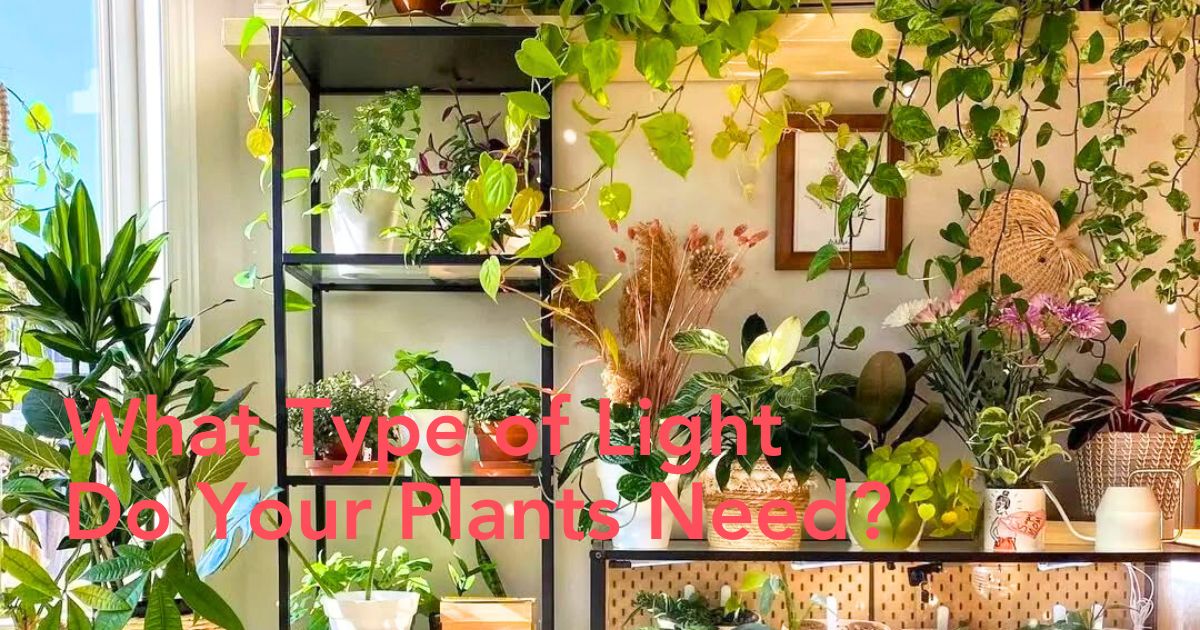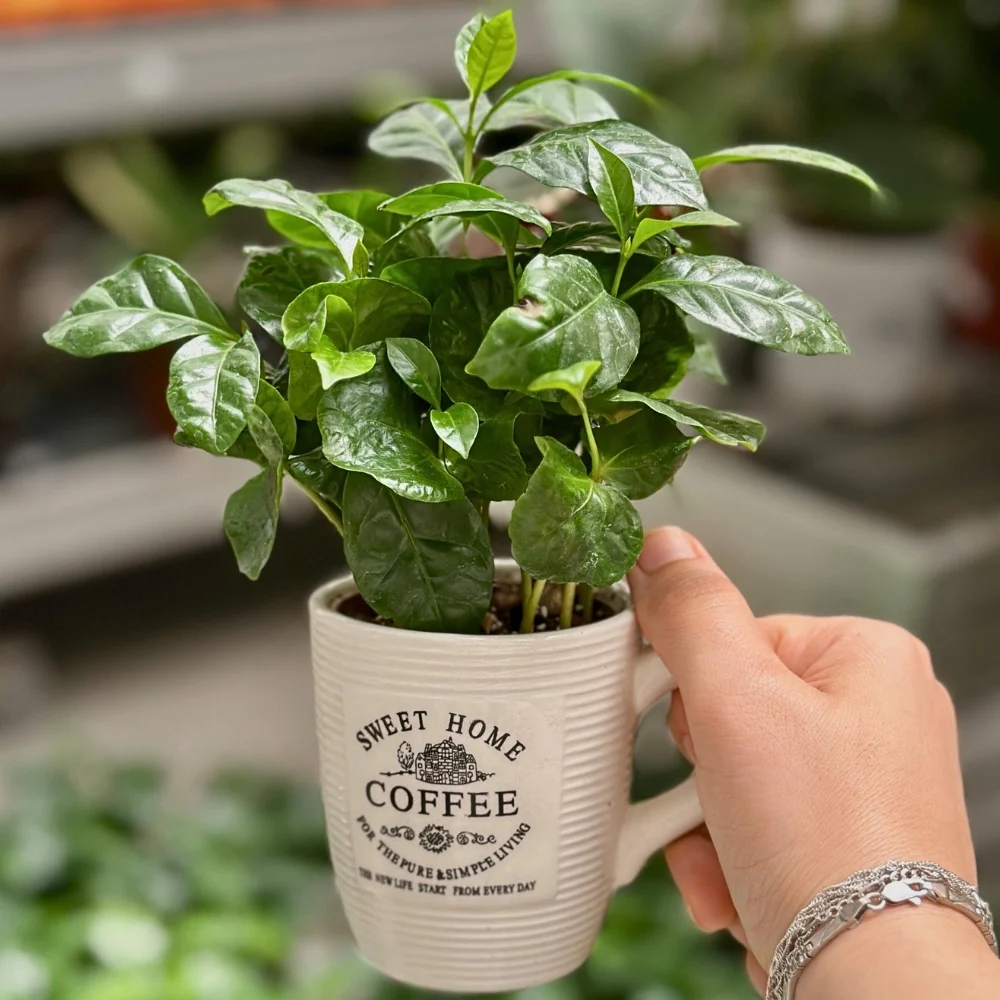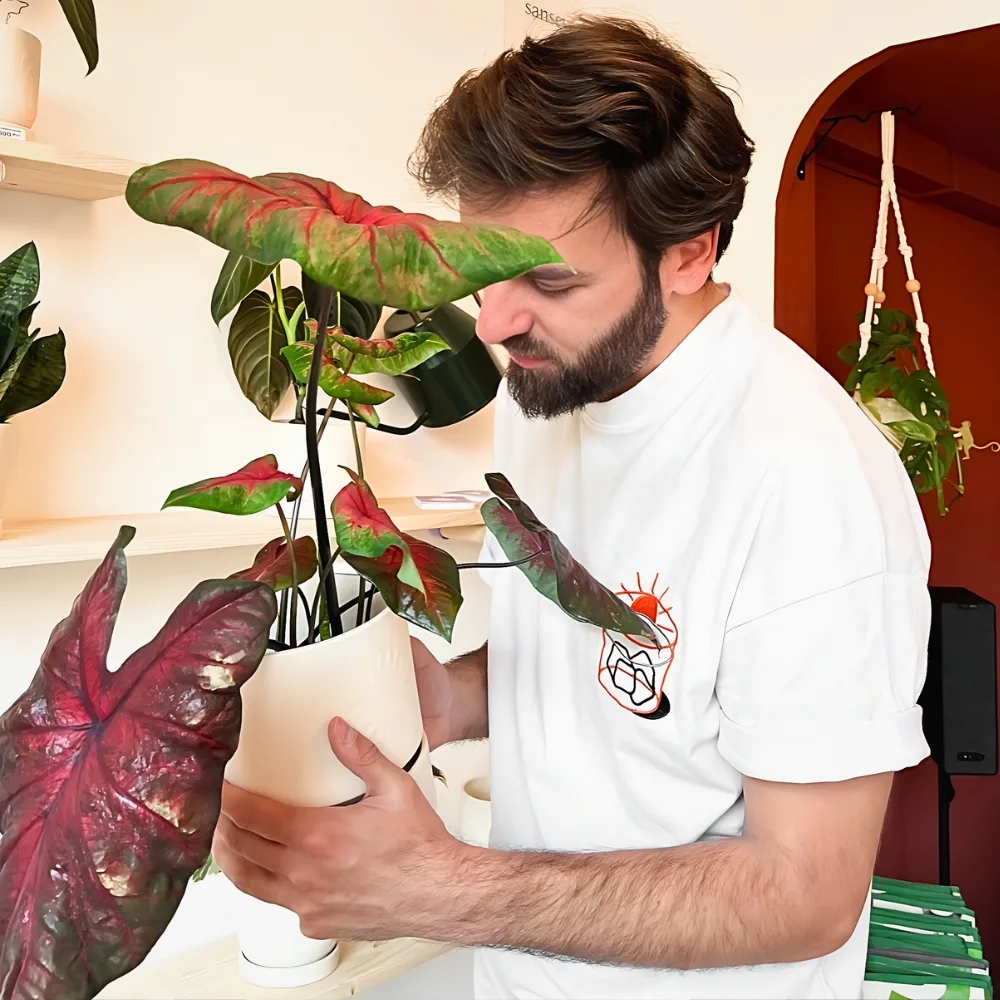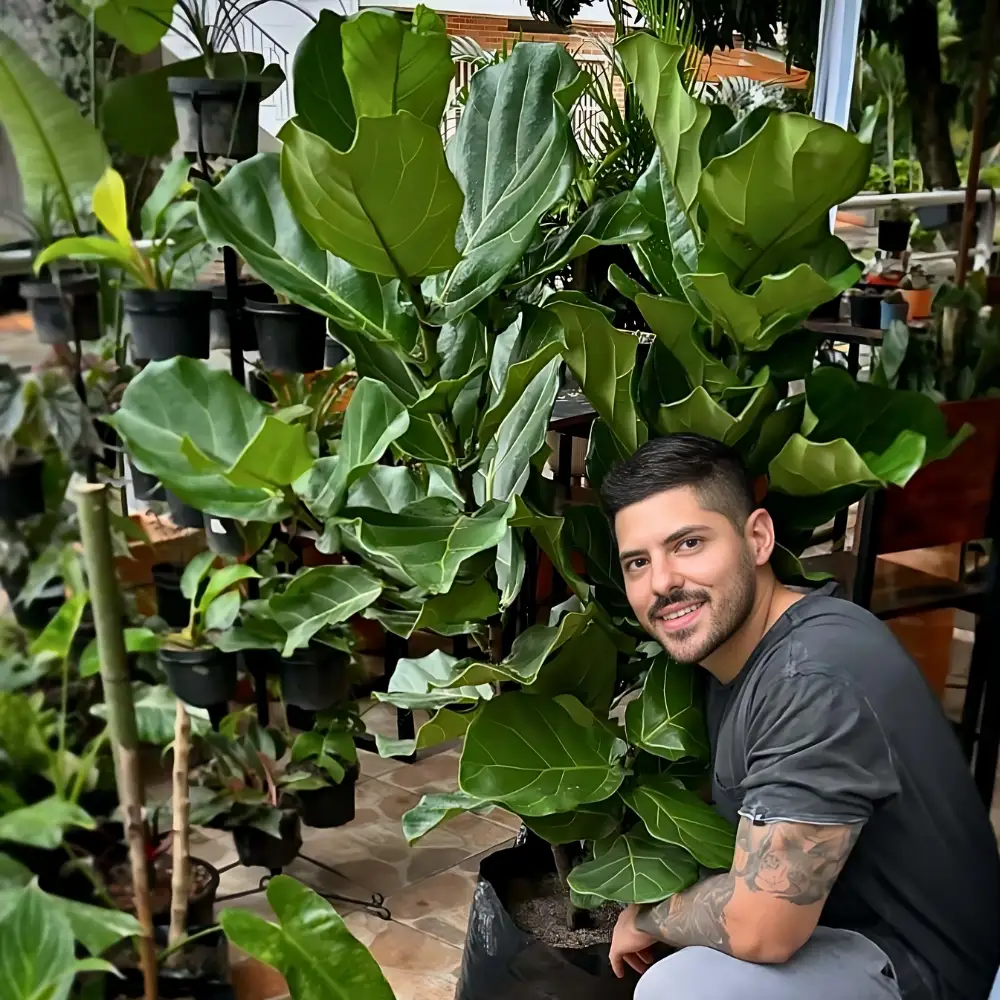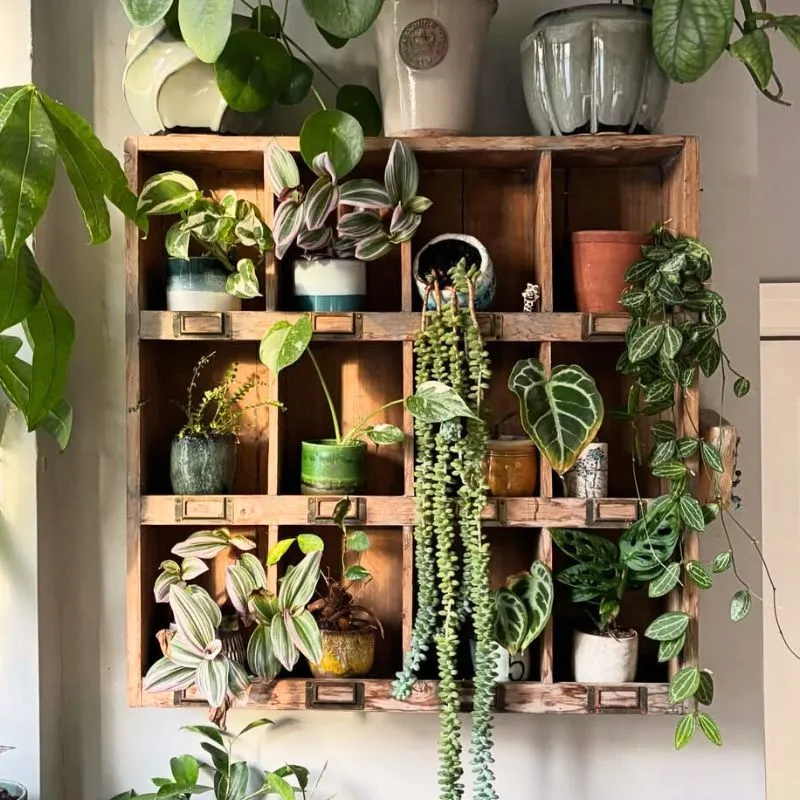Are your houseplants getting enough light? Knowing the difference between indirect and direct light matters when it comes to taking care of the plants that give your home more life. In this comprehensive guide, you'll learn more about how to keep your houseplants happy by giving them the right type of light.
The Importance of Knowing What Type of Light Your Houseplants Require
Whether you're a seasoned or inexperienced gardener, nothing beats watching your houseplants thrive. To accomplish this, however, you must provide your plants with adequate light, which provides them with the energy they require to survive. While all plants require some sort of light source, the amount of light required varies by plant—your snake plant may thrive in low light, whereas your monstera requires bright indirect light.
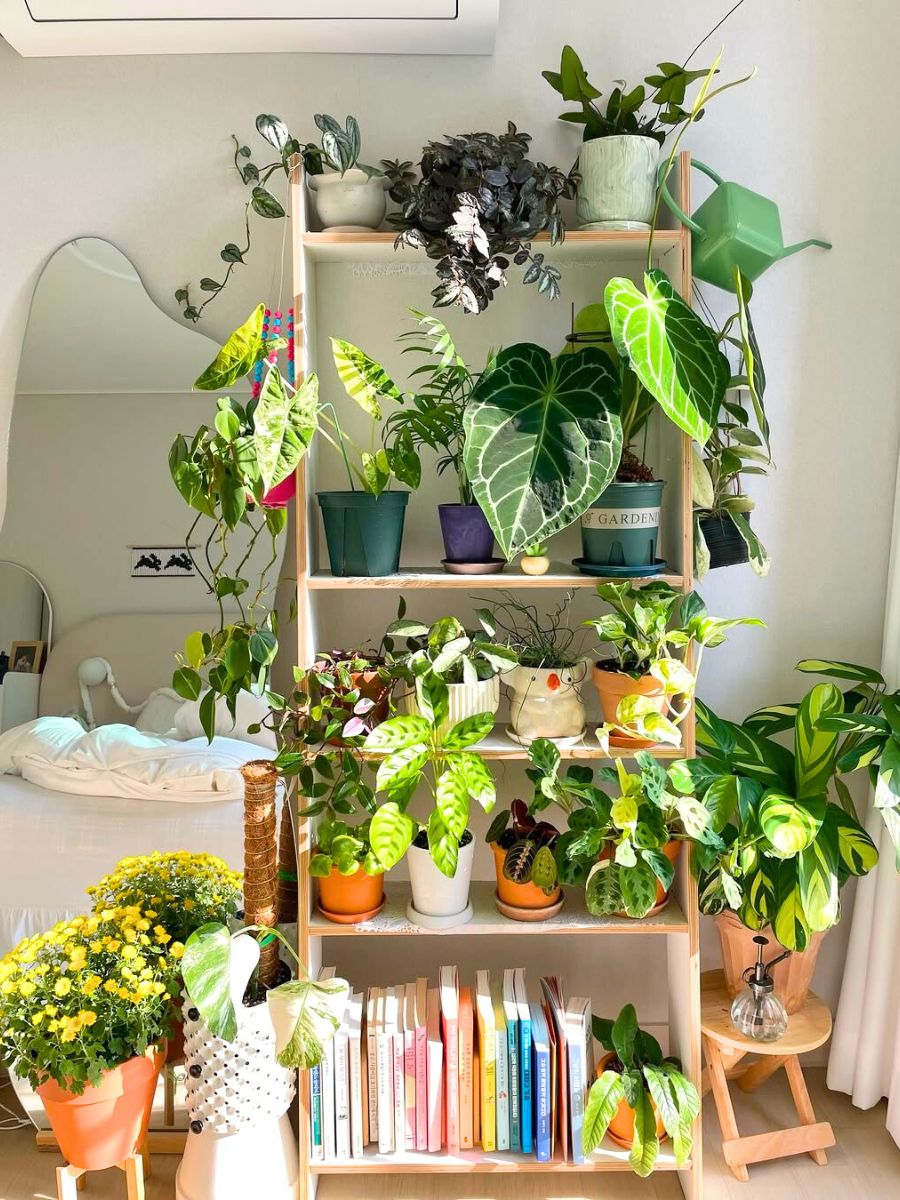
If you're not sure where to put your houseplants, it's helpful to understand the most commonly used terms for houseplant lighting, such as direct, indirect, window directions, and more. Take note of what is coming!
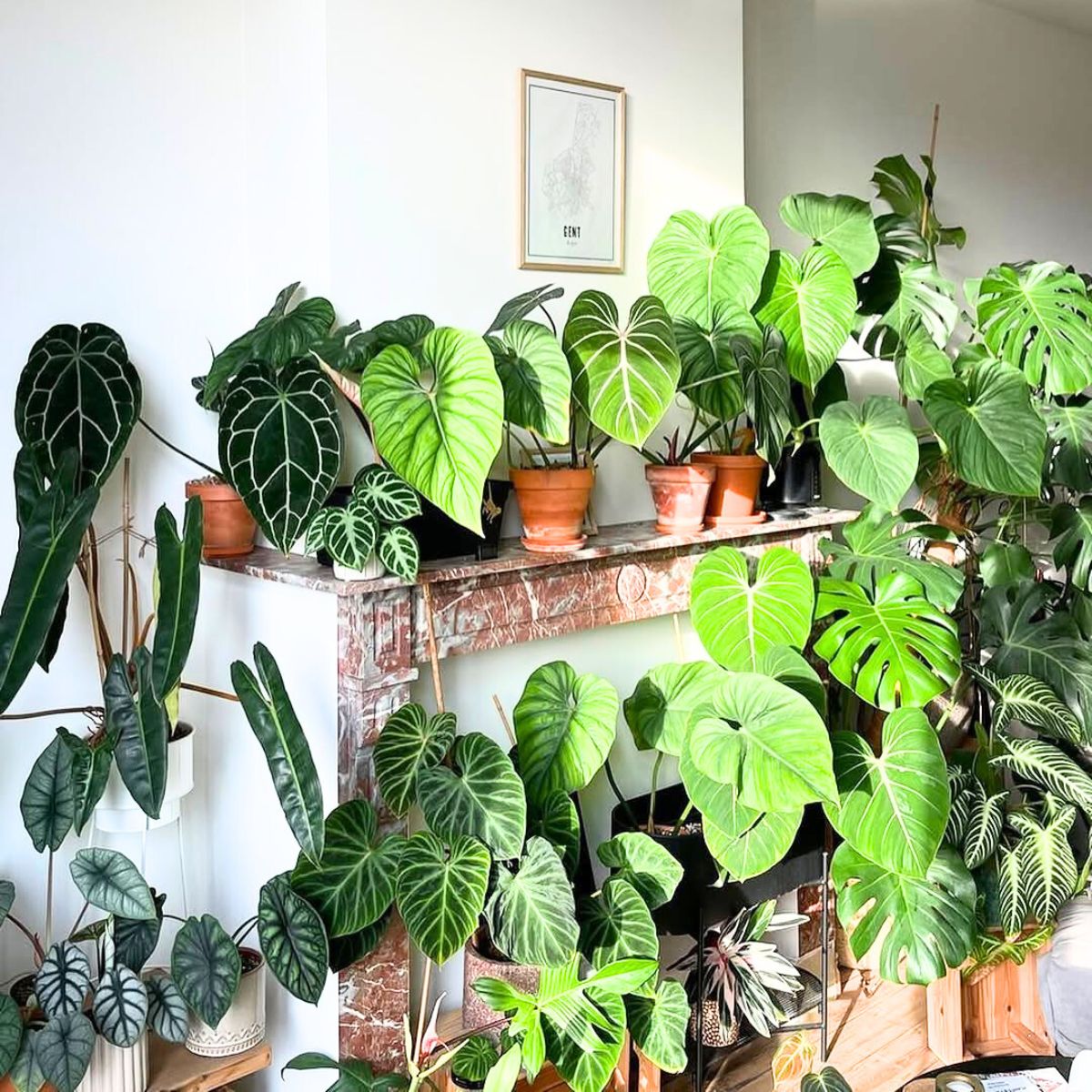
Everything to Know About Direct Light
Direct light occurs when houseplants receive full sunlight with no obstructions, such as those on a windowsill without a curtain. The windows in your home that receive direct sunlight vary depending on where you live. In the northern hemisphere, a south-facing window gets plenty of direct sunlight from morning to early afternoon. A west-facing window is also ideal because it receives intense light from late afternoon to evening hours. Direct sunlight must be bright (not medium or low), as plants require maximum luminescence.
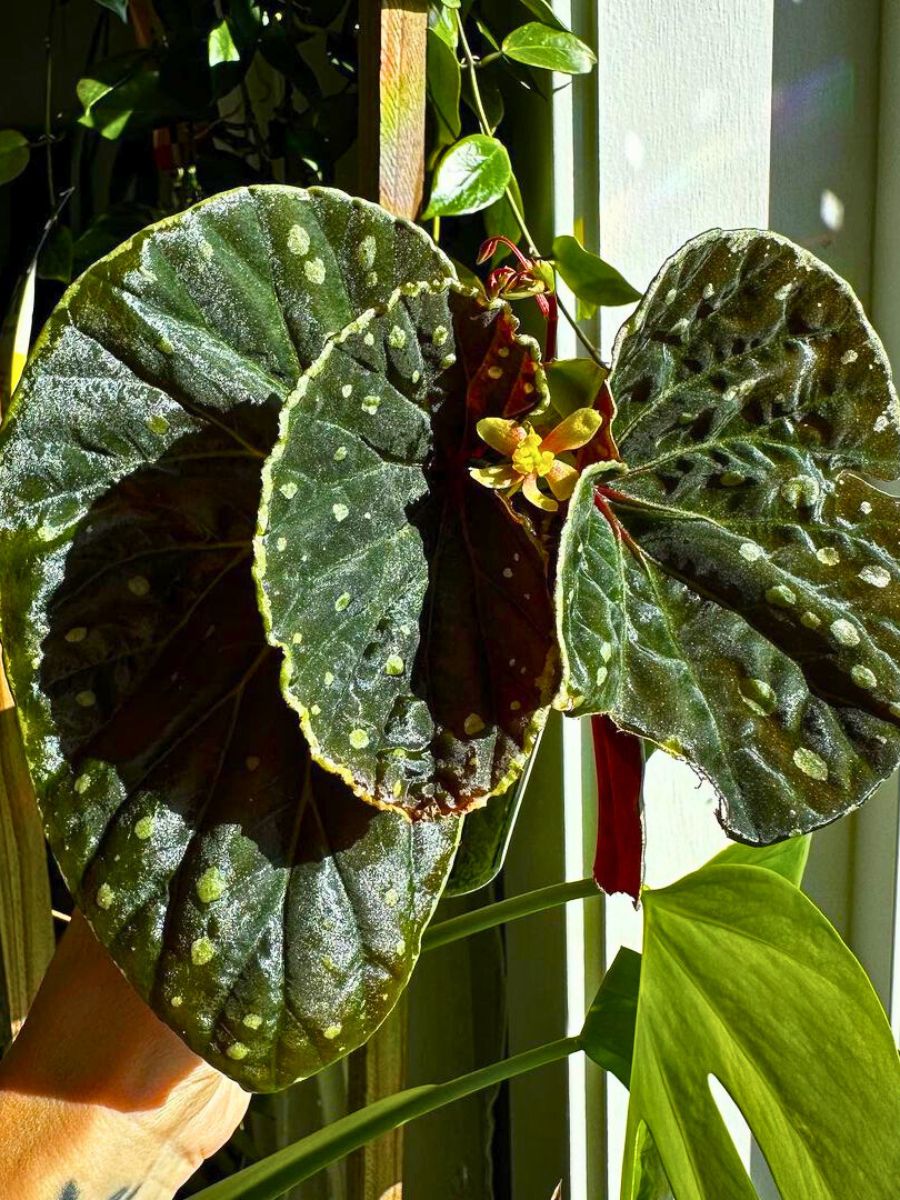
As an extra piece of information when it comes to deciding what type of lighting your houseplants need, you must become familiarized with the term 'foot candles'. How much light a specific room in your home gets is typically measured in foot-candles (ftc). A foot-candle is a measure of light intensity, or brightness and is defined as the amount of light received by a surface that is 1 foot away from a candle. There are light meter apps you can download that will tell you approximately how many foot candles a given area of your home has. For example, if you have a houseplant that needs direct light, you will want to make sure it's placed in a spot that receives more than 1,000 foot-candles.
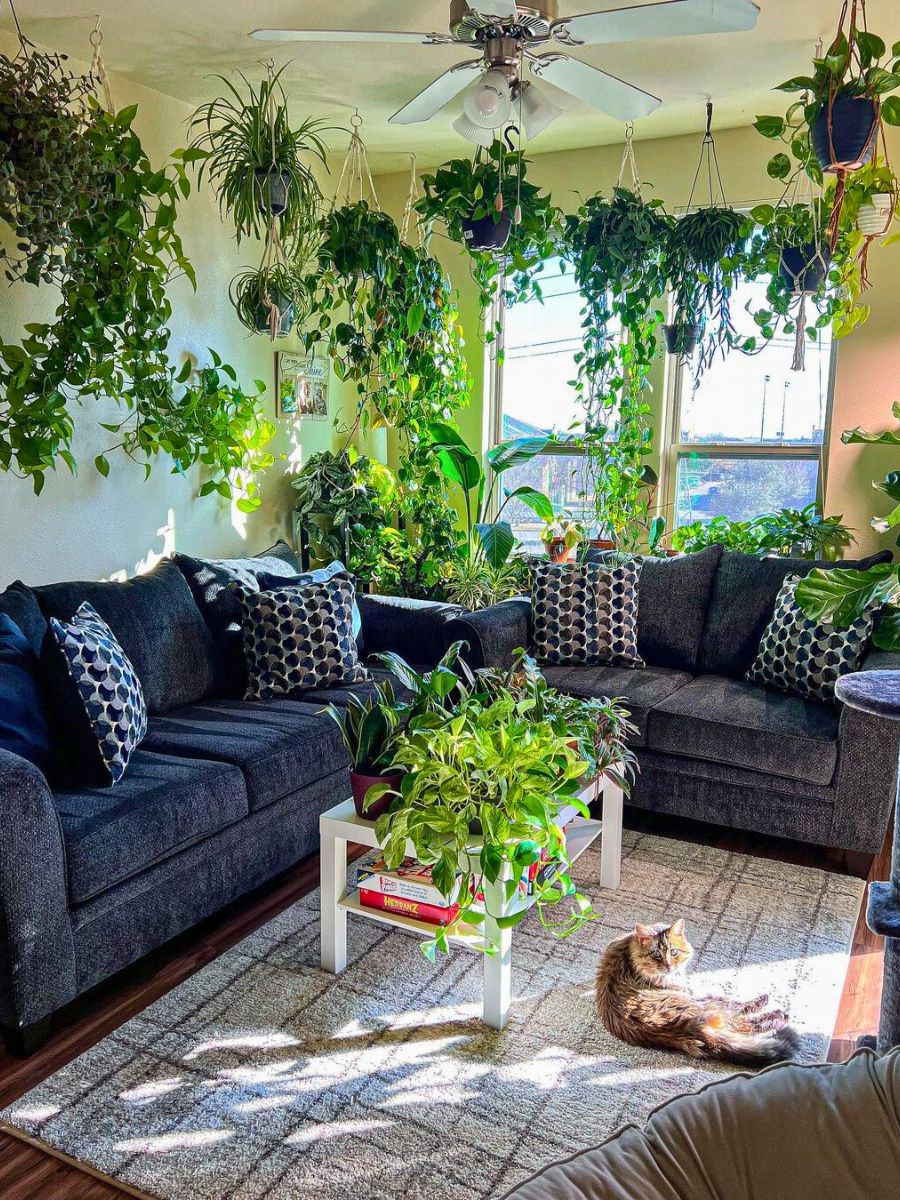
Photo: @theplantfever
How to Know When Your Houseplants Require Indirect Light
For houseplants, indirect sunlight refers to partially shaded or filtered light. According to Linda Langelo, a horticulture specialist at Colorado State University, sunlight must be filtered through a sheer curtain or blinds before reaching the plant. You can also get indirect light by placing your houseplants far enough away from a window's direct sunlight.
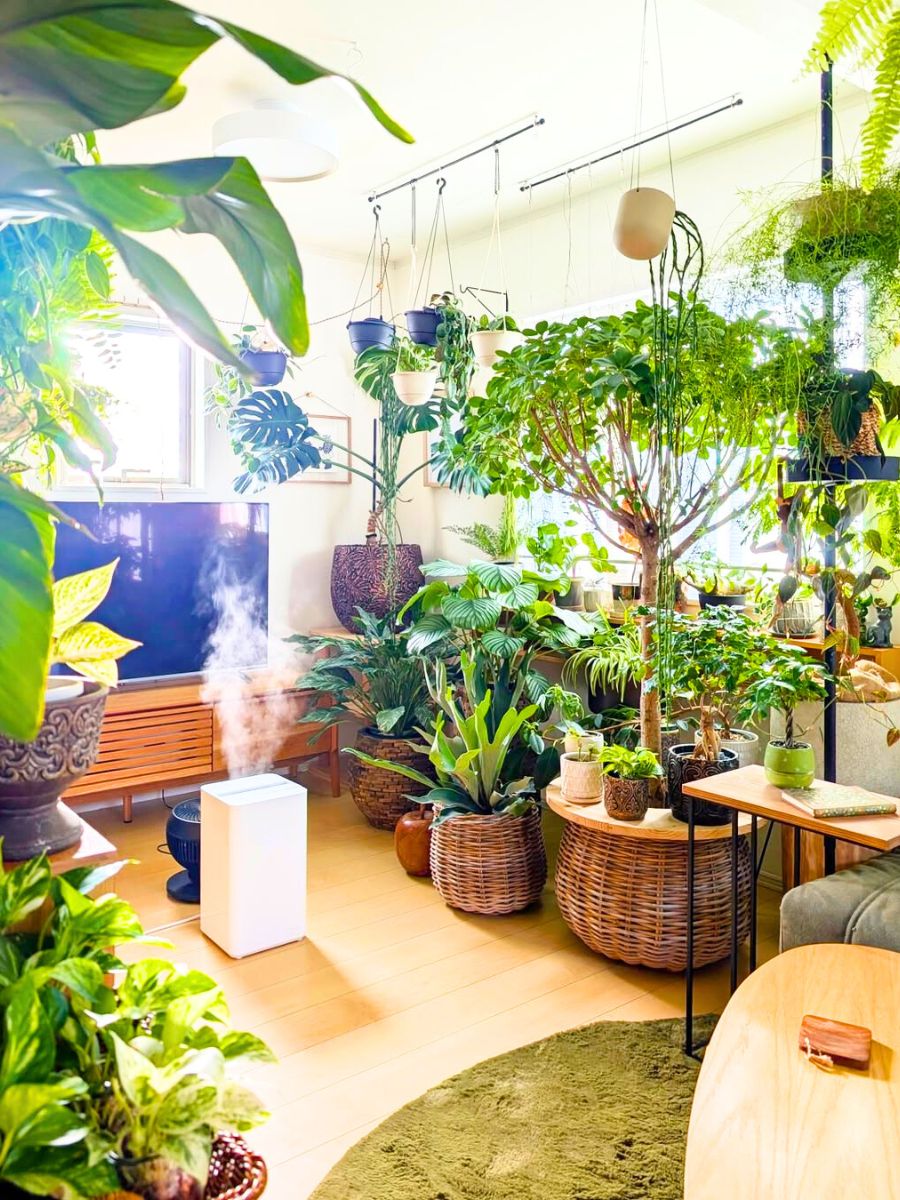
There are three main levels of indirect lighting:
Bright Indirect Light
Bright indirect light allows houseplants to get enough light without being directly exposed to the sun's rays. To achieve bright indirect light, position the plant about 1 to 2 feet away from the window. An east-facing window is ideal for plants that require bright indirect light, as is a west-facing window (make sure the plant is not directly in the path of the sun's hot afternoon rays). Foot-candles: 500 to 1000.
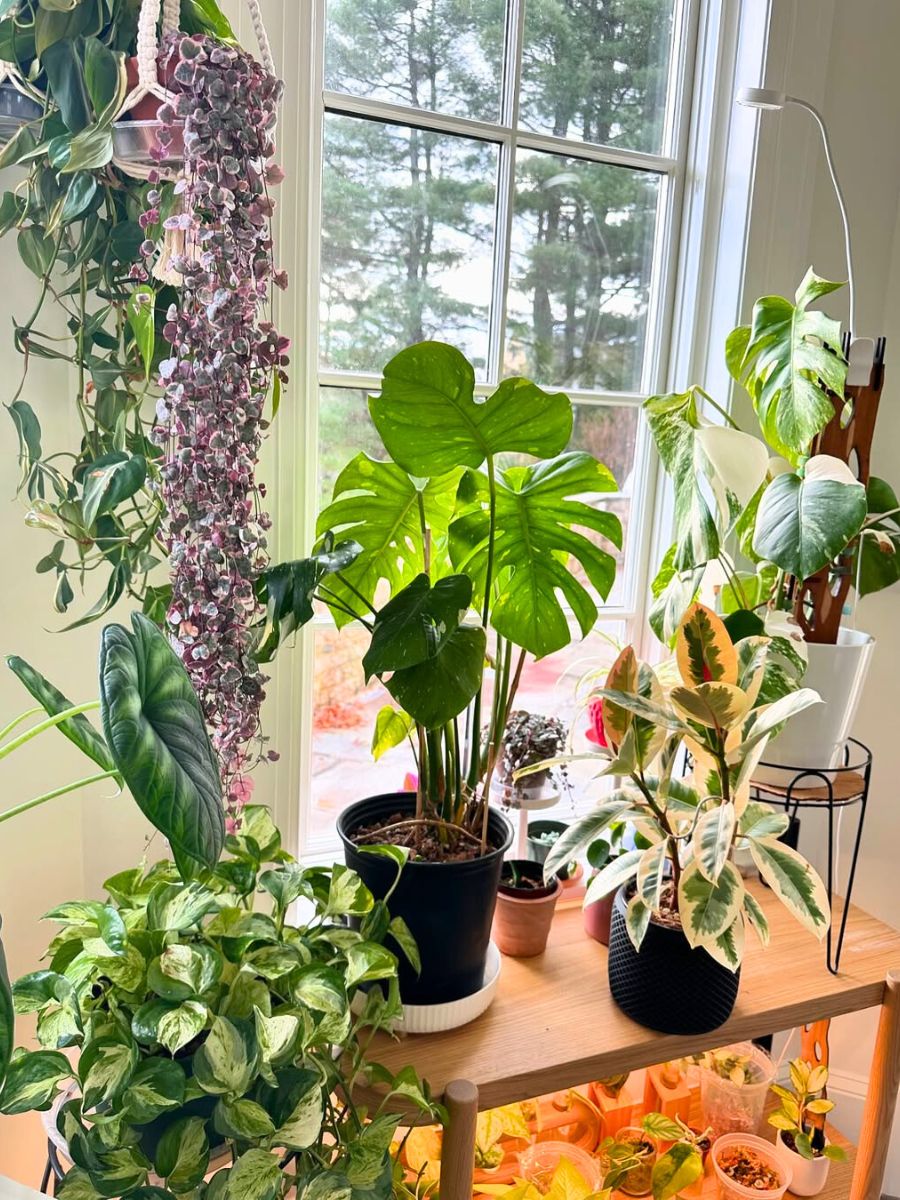
Photo: reenasplants
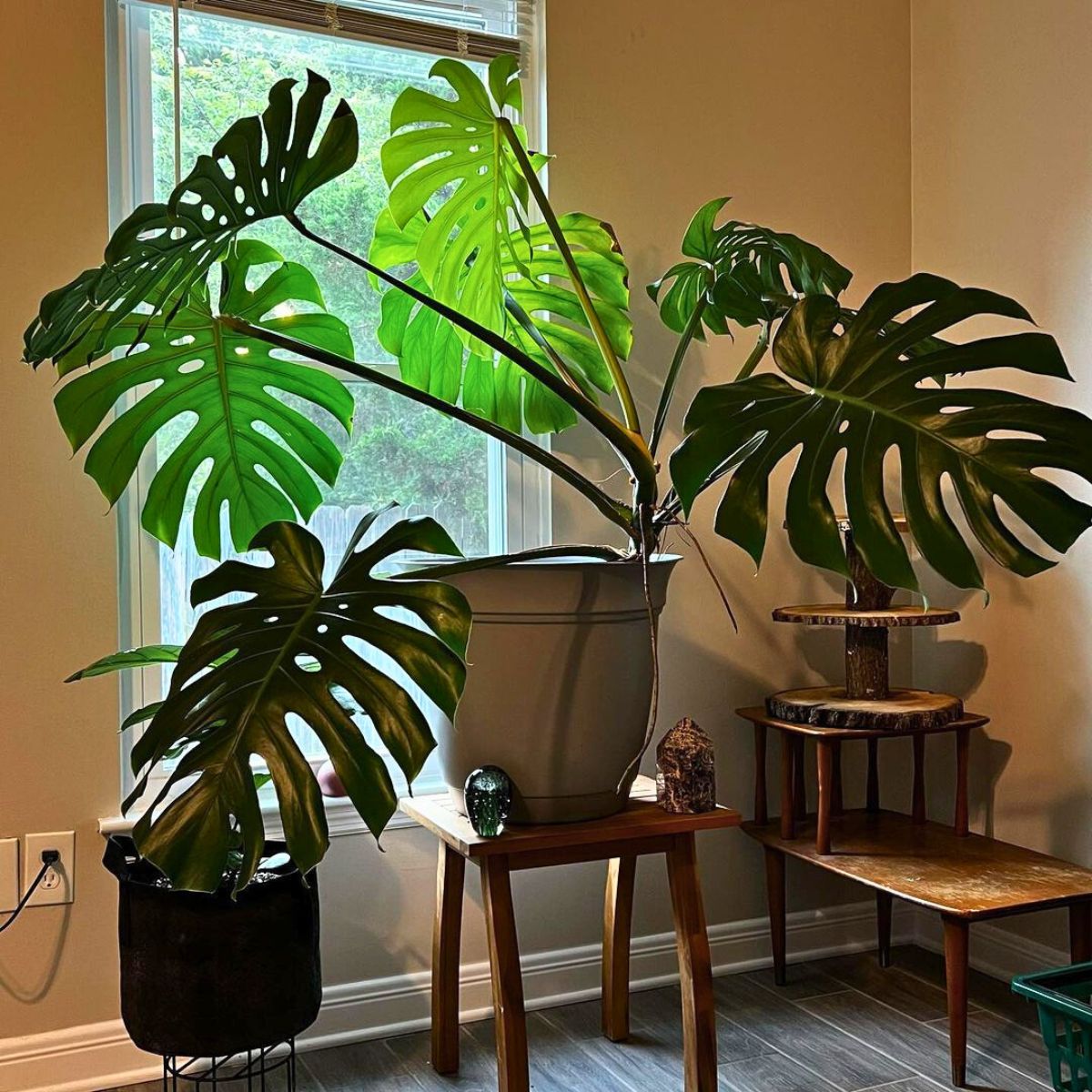
Medium Light
Plants that prefer medium light can have either some direct sunlight in the morning or indirect sunlight in the afternoon. Plants near an east or west window can be set back from the window and thrive. North windows with no direct sunlight are also a good choice. Foot-candles: 100 to 500.
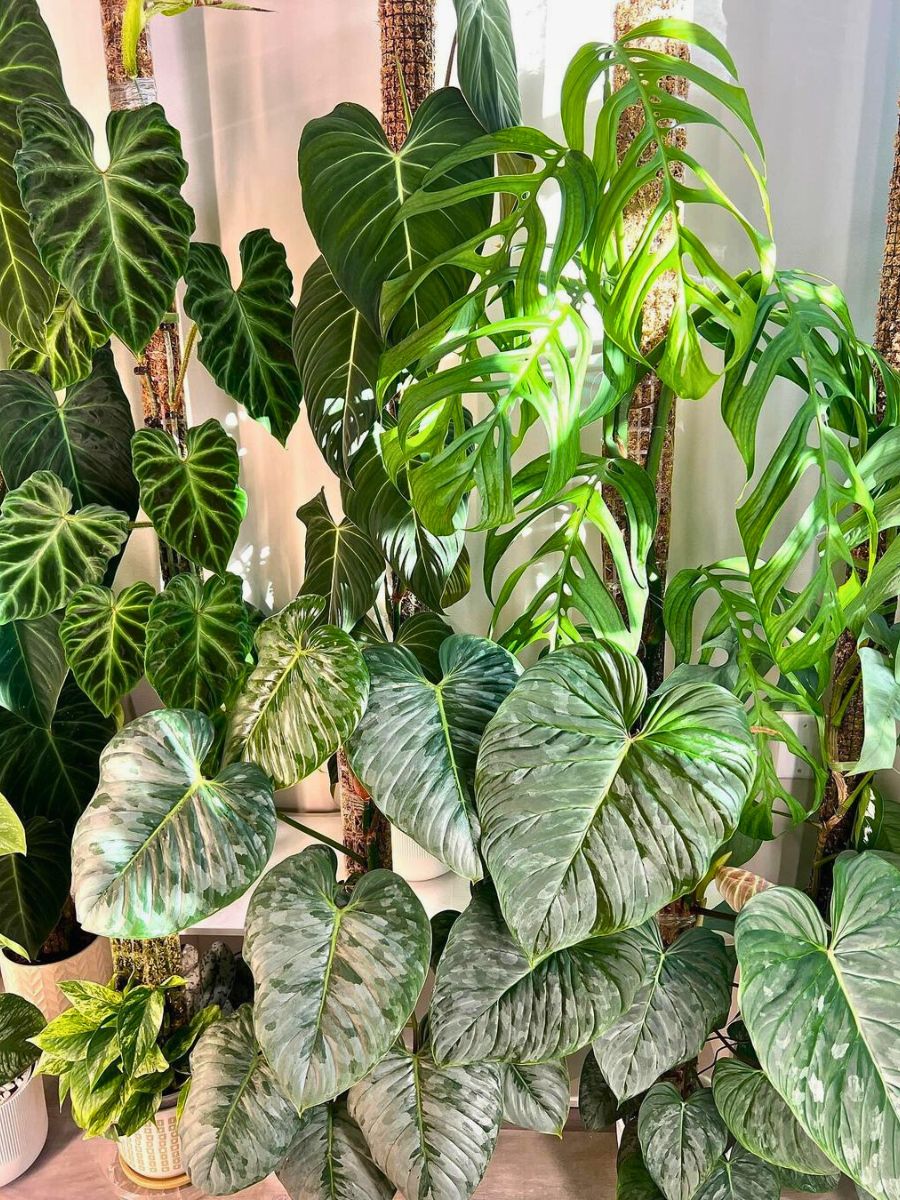
Low Light
Plants that prefer this low light can be in a room with no windows or where the curtains are closed most of the time. If houseplants that prefer low light do get some sunlight, it should be through a north-facing window. A space with low light is like comparing it to walking into a dimly lit room. Foot-candles: 25 to 100.
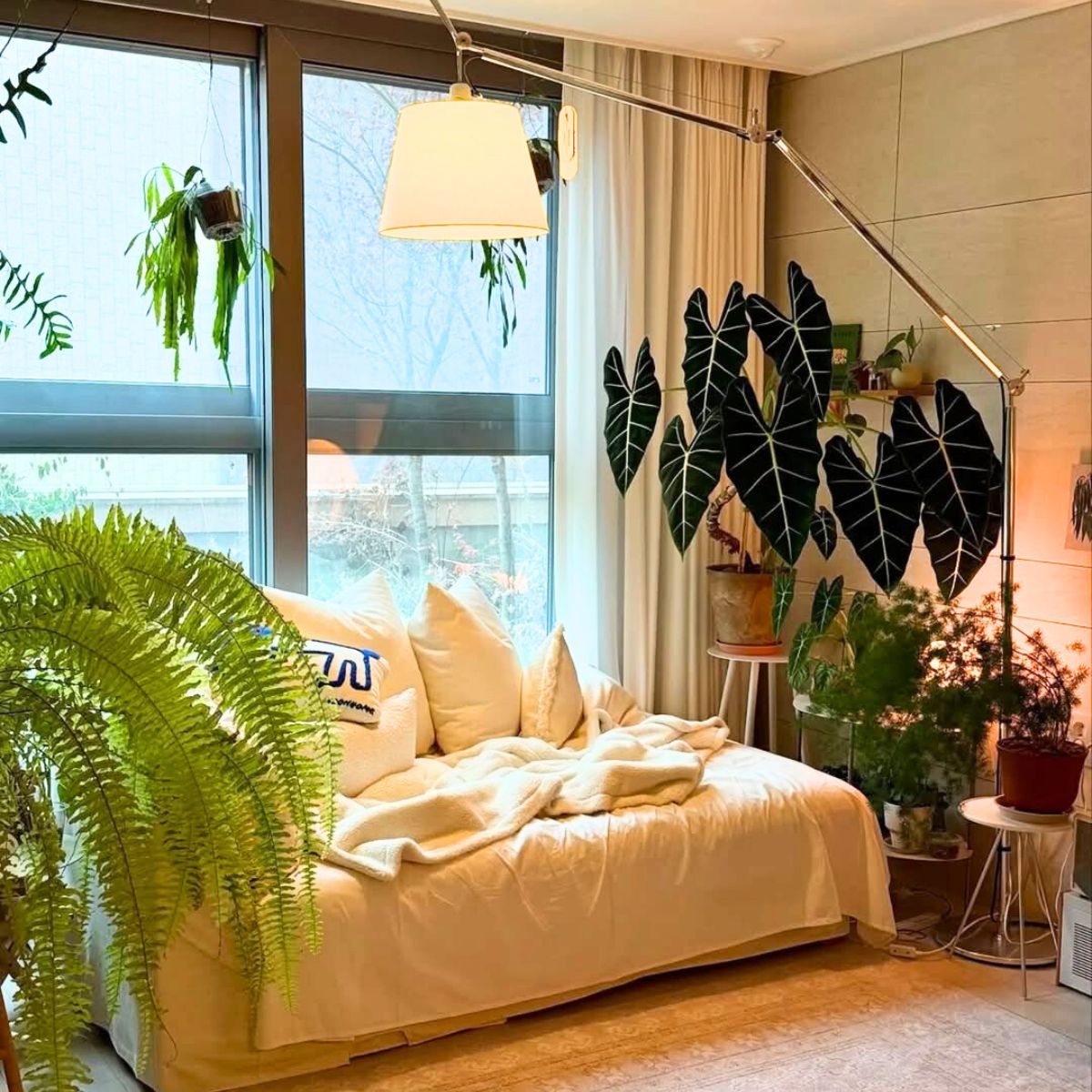
Photo: @urbanjungleblog
Understanding What Window Directions Are Best for Your Houseplants
While you may understand the distinctions between each type of light, it can be difficult to determine which rooms in your home provide the specific lighting you seek. To make things easier, the following guidelines break down the type of light your plants will receive based on which way a window is facing. (Keep in mind that these guidelines only apply to the northern hemisphere).
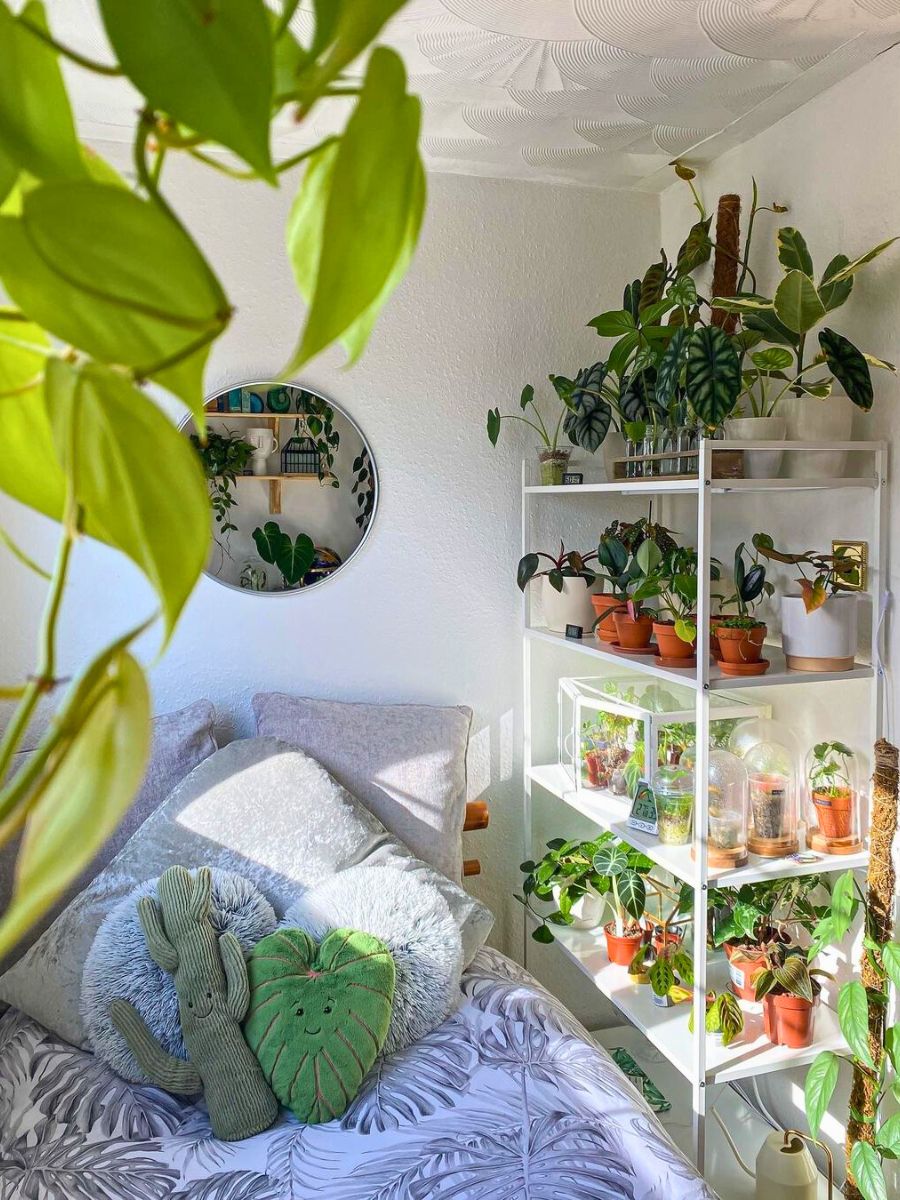
- North-facing: North-facing windows are on the north side of the house. They get light but it would be low light. It’s usually the darkest side of the house and this would be a great place for low-light plants such as snake plants or pothos.
- South facing: South-facing windows are on the south side of the house, which gets the brightest light from the sun. The amount of bright light coming through the windows can be intense, typically hotter, and last a long time. This is ideal for plants needing bright light.
- East Facing: East-facing windows are on the east side of the house and get the most morning sun. It’s not as intense and will provide a short length of time for light. The morning sun is ideal for plants that require low or medium light.
- West Facing: West-facing windows are on the west side of the house, which has strong direct light in the afternoon and early evening. Houseplants that need medium to bright indirect light will do well here.
How to Know if Your Plants Are Getting Enough Light
The signs will be pretty visible. Houseplants that don't get enough light will appear leggy, which means they will have longer stems and fewer leaves. The reason for the longer stems is an attempt for the houseplant to reach toward the light source it needs. Additionally, houseplants that do not receive enough light may appear yellow. Leaves that turn yellow and stay yellow may mean the plants need more light. If the leaves turn yellow then brown or white, then they may be getting too much light.
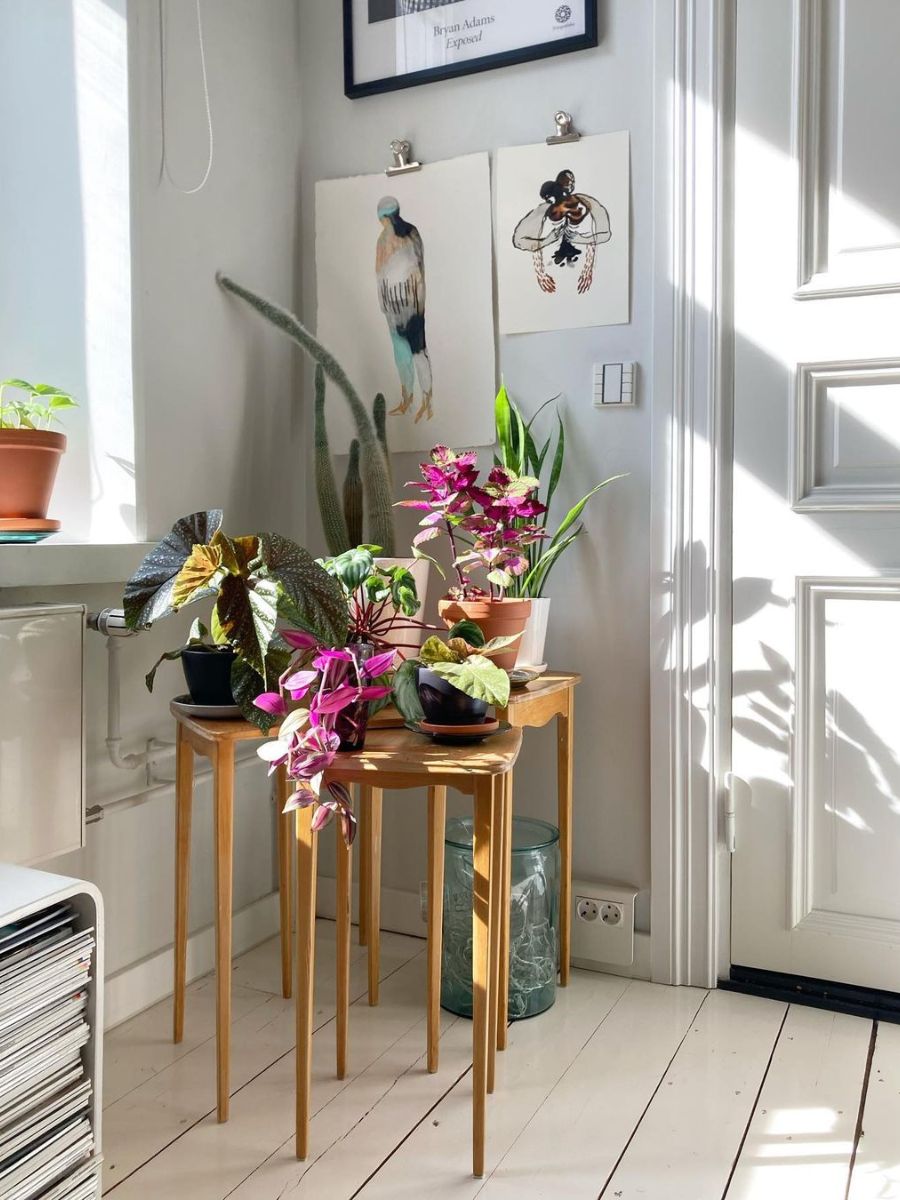
What Factors Can Change Light Levels?
The type of light exposure you receive is determined by where you live. If you live in the northern hemisphere, south-facing windows will receive the brightest light. If you live in the southern hemisphere, the north-facing windows will receive the brightest light. In addition to the hemisphere you live in, the seasons can affect light levels. In the winter, the intensity of the sun diminishes and in the summer it becomes more intense. So a plant that thrives in bright light during the winter may need to be moved away from the same window come summer.
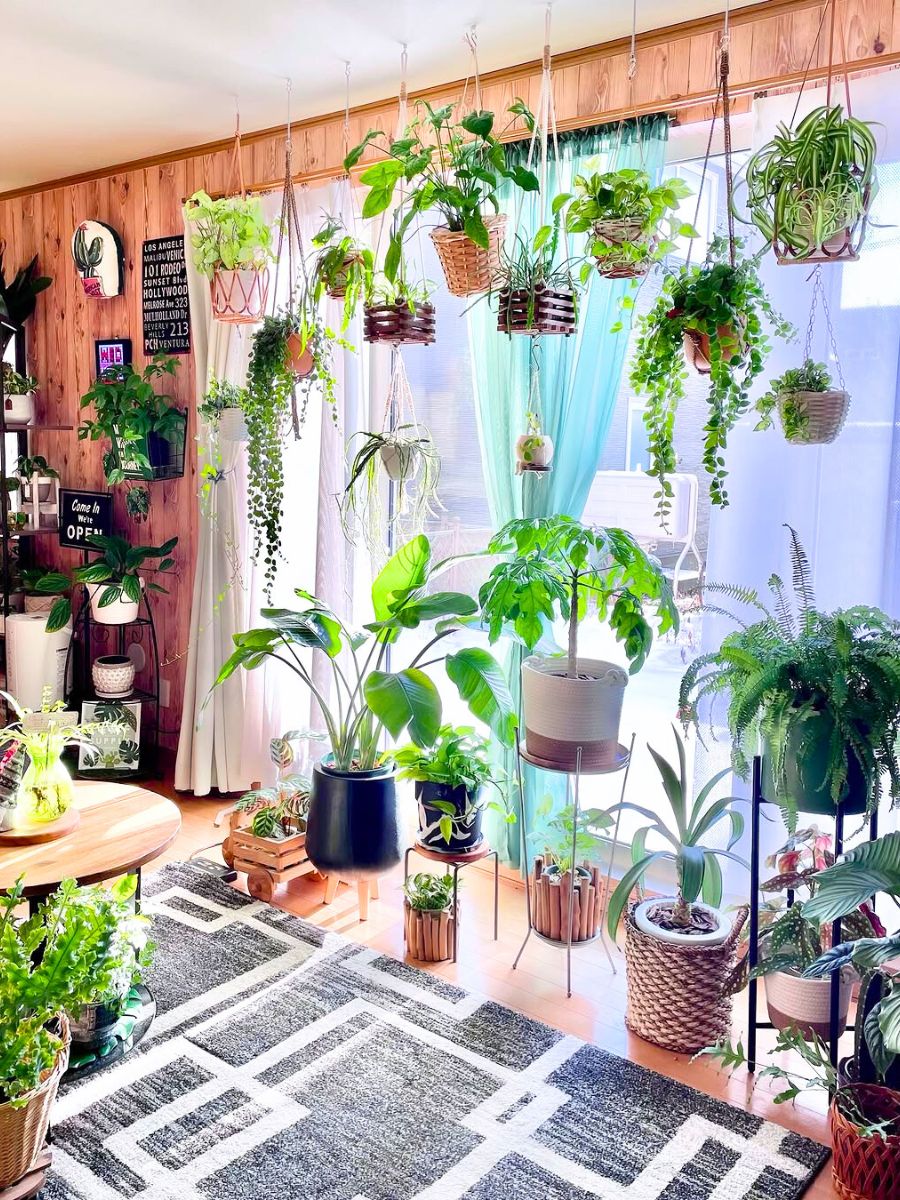
Now you have a handy guideline of how to position your houseplants and how much light to give them every day. With these tips, you'll be able to care for them in the best way possible.

